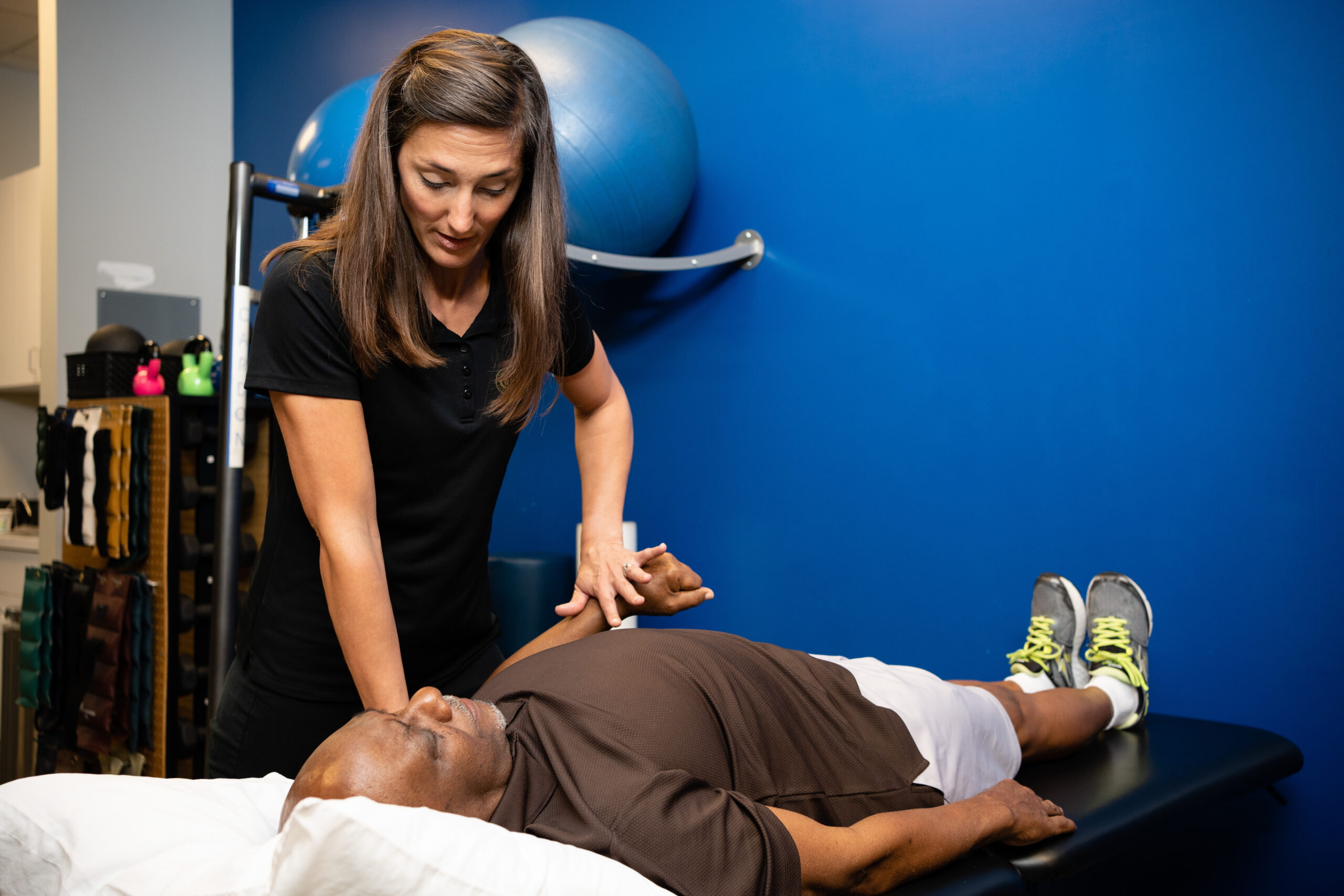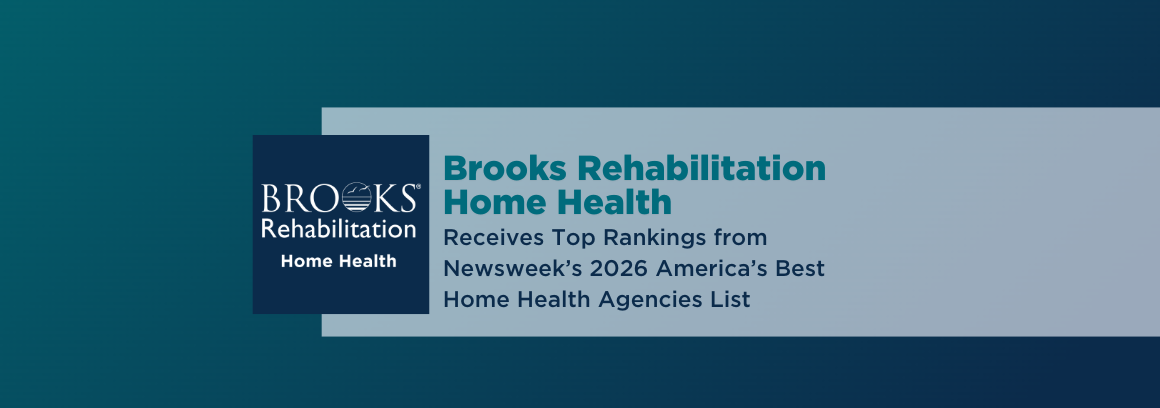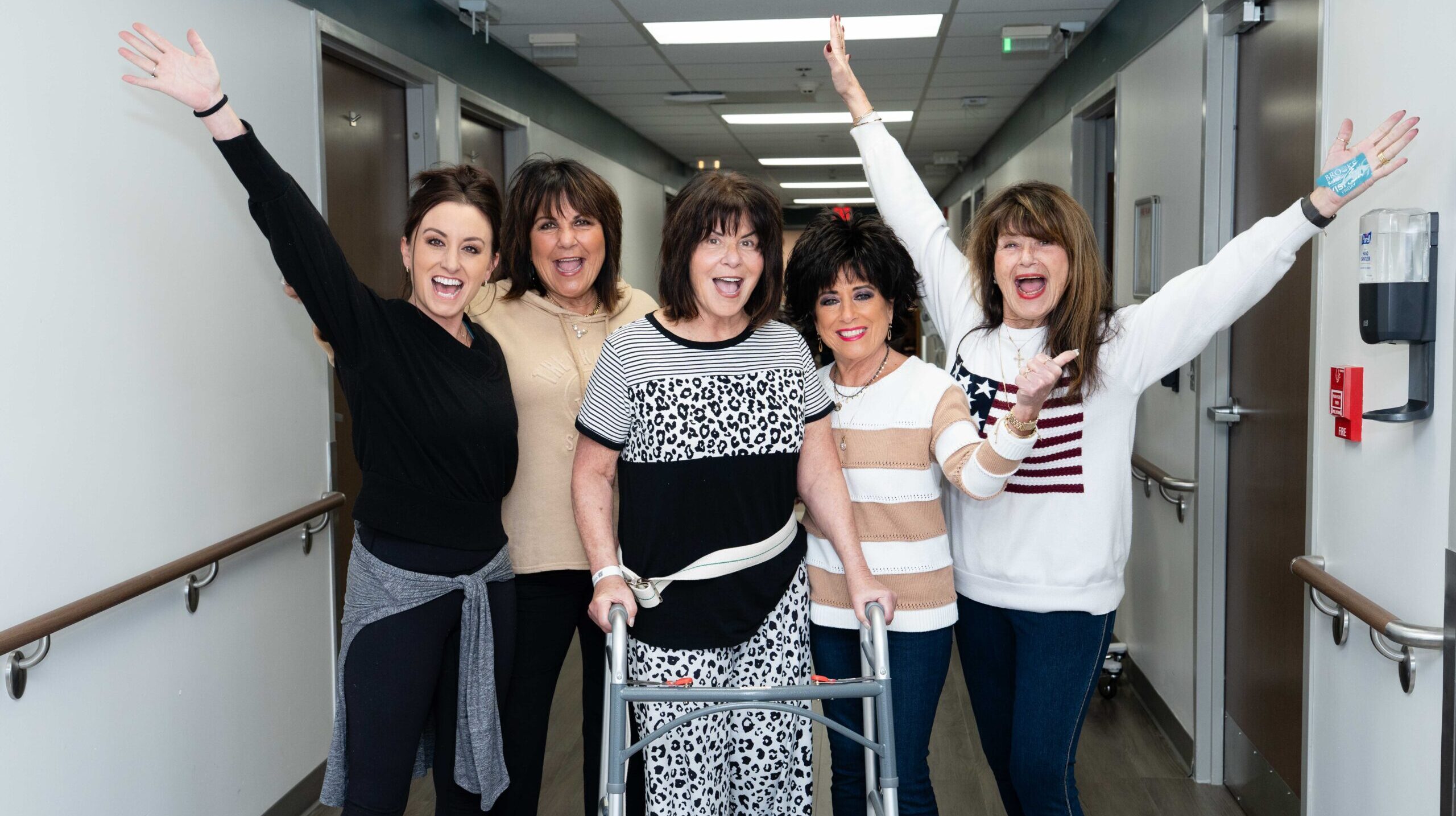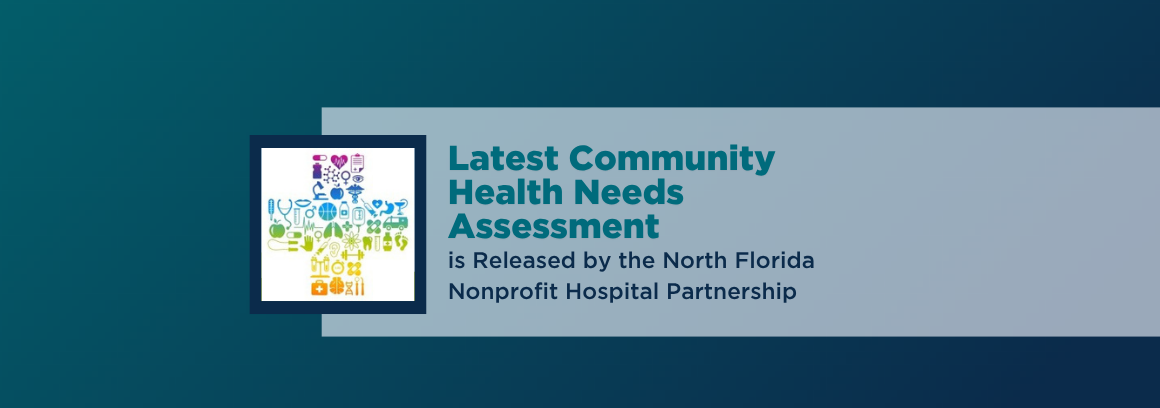What Is TMJ Pain?
TMJ pain stems from issues with the joint that connects your jaw to your skull. The technical term for this condition is temporomandibular dysfunction (TMD) and it affects how your jaw moves and feels. TMD can make daily activities like eating or speaking difficult. If you’re dealing with this kind of discomfort, we help manage it so you can get back to your busy life.
What Causes TMJ Pain?
There isn’t always one clear cause of TMD. In many cases, symptoms develop from factors that affect how your jaw joint and surrounding muscles work, such as:
- Connective tissue disorders that affect joint structure
- Injury to the jaw or temporomandibular joint
- Jaw clenching or teeth grinding (bruxism), often during sleep
- Muscle tension, especially from stress
- Poor posture, especially in the neck and upper back
- Arthritis, including osteoarthritis
TMD Symptoms
TMJ pain can cause a variety of symptoms, including:
- Aching around the ear, face or neck
- Clicking, popping or grinding sounds when moving your mouth
- Feeling that your jaw gets stuck in one position (locked)
- Headaches, often near the temples
- Jaw pain or tenderness, especially near the joint
- Pain while chewing or difficulty chewing certain foods
- Stiffness or limited movement in the jaw
Easy Access, Close to Home
With more than 50 physical therapy locations across Florida, Brooks makes it easy to find TMJ care close to home. Many clinics offer extended weekday hours, so you can schedule visits before or after work. And you might not need a referral to start treatment, depending on your insurance. Direct access to our physical therapists can help you feel better sooner. Become a patient.
How Is TMD Treated?
Physical therapy can relieve TMJ pain and improve jaw function. At Brooks, you receive care from a board-certified physical therapist who has advanced training in treating joint and muscle conditions. We start by performing a detailed evaluation to understand your symptoms, enabling us to tailor your treatment plan.
Personalized care for TMJ pain may include:
- Education and habit awareness: We help identify behaviors that may contribute to TMJ pain — like clenching your teeth — and offer strategies to break old habits.
- Manual therapy: Our therapists use hands-on techniques to reduce joint restriction, improve alignment and release tight muscles in the jaw and neck.
- TMJ exercises: Targeted movements improve jaw mobility, help both sides of the jaw work together and train muscles to move without pain.
- Upper cervical spine work: We focus on restoring movement and stability in the upper neck, which plays an important role in how the jaw moves and functions.
Why Choose Brooks Rehabilitation for TMD Treatment?
TMJ pain is complex, but our personalized and knowledgeable care makes treatment simple, effective, and built around your needs.
Highlights of our program include:
- Specialized care: Some Brooks physical therapists have advanced training in manual therapy and other specialized techniques for TMJ pain. Their expertise helps alleviate jaw pain, enhance mobility and address the underlying causes of your symptoms.
- Connected TMJ treatment: The jaw shares deep connections with the muscles and joints in your upper neck. If they aren’t moving as they should, your jaw probably isn’t either. We assess how your neck and jaw work together, then build a plan to get everything moving smoothly and comfortably again.
- Ongoing support: It’s not uncommon for TMJ symptoms to come and go. If you experience a flare-up, we’re here to help. Orthopedic physical therapists reassess what’s causing the discomfort, adjust your treatment plan if needed and provide strategies to help you feel better.
FAQs About Orthopedic Physical Therapy for TMJ Pain
How do I know if my TMJ needs professional treatment?
If jaw pain lasts more than a couple of weeks or if it’s getting worse, it’s a good idea to get it checked out. You should also talk to a provider if your jaw clicks, locks or makes it hard to eat or speak. Early treatment can prevent symptoms from becoming chronic or more difficult to manage.
Can physical therapy alone improve my TMD symptoms?
Many people find relief through physical therapy instead of medication or surgery. TMJ treatment may include jaw exercises and techniques to relax tight muscles. A physical therapist can also help you change habits that may be adding to your pain, like clenching your teeth or chewing gum.
How important are posture and neck support in managing TMJ?
Very important. Your jaw doesn’t work in isolation. It’s connected to your head, neck and shoulders. Poor posture, especially in the upper back and neck, can increase stress on the jaw. Physical therapy that improves posture and builds support around the neck and shoulders often helps relieve TMJ symptoms and prevents them from coming back.
Request Care at Brooks
Find out more about becoming a patient and learn about orthopedic physical therapy for TMJ.Latest News and Health Resources
Education and guidance to support your recovery
Brooks Rehabilitation Home Health Receives Top Rankings from Newsweek’s 2026 America’s Best Home Health Agencies List
Brooks Rehabilitation is thrilled to announce that its home health division has been named the best in Jacksonville and ranked among the top 20 in Florida on Newsweek's 2026 America’s...




